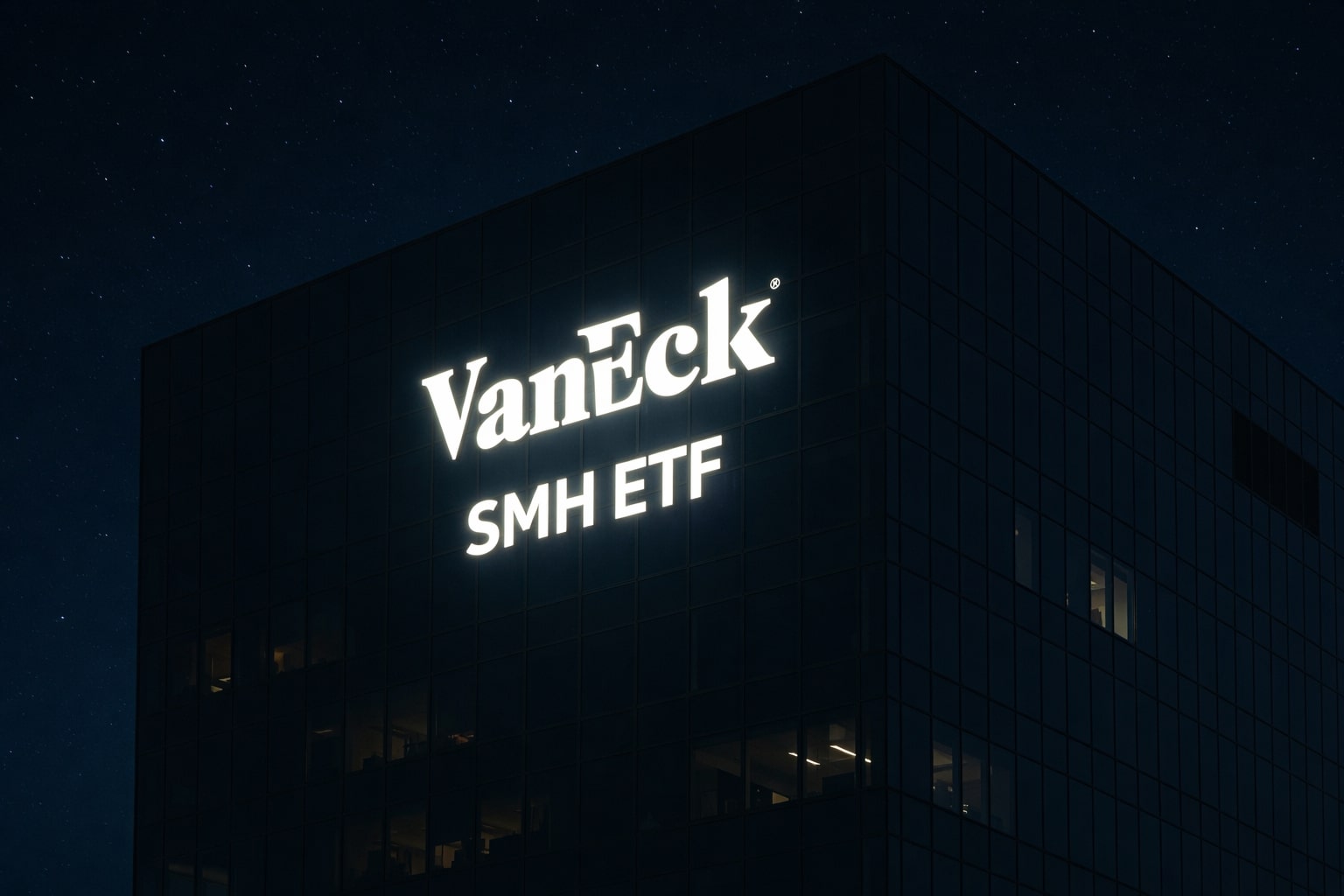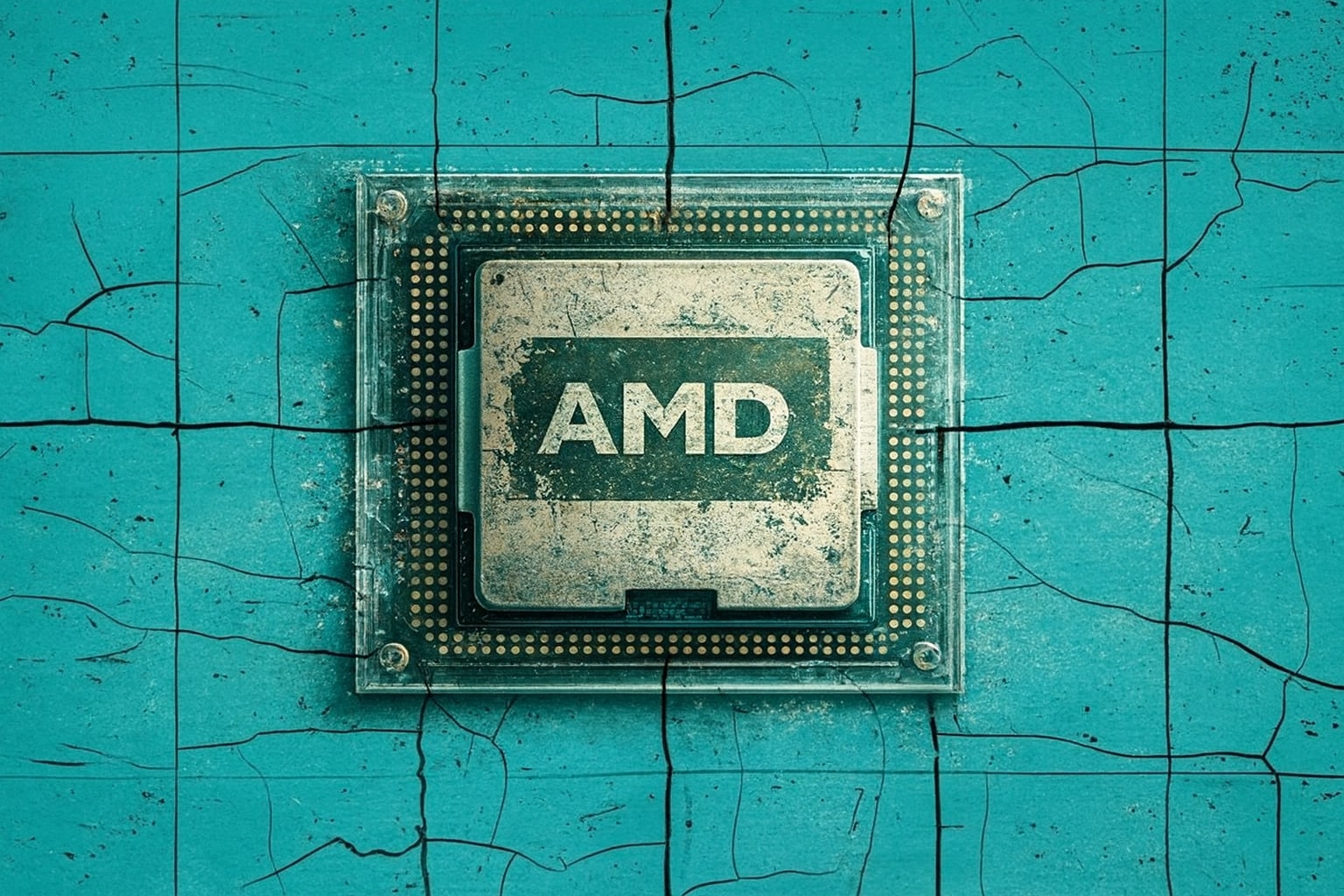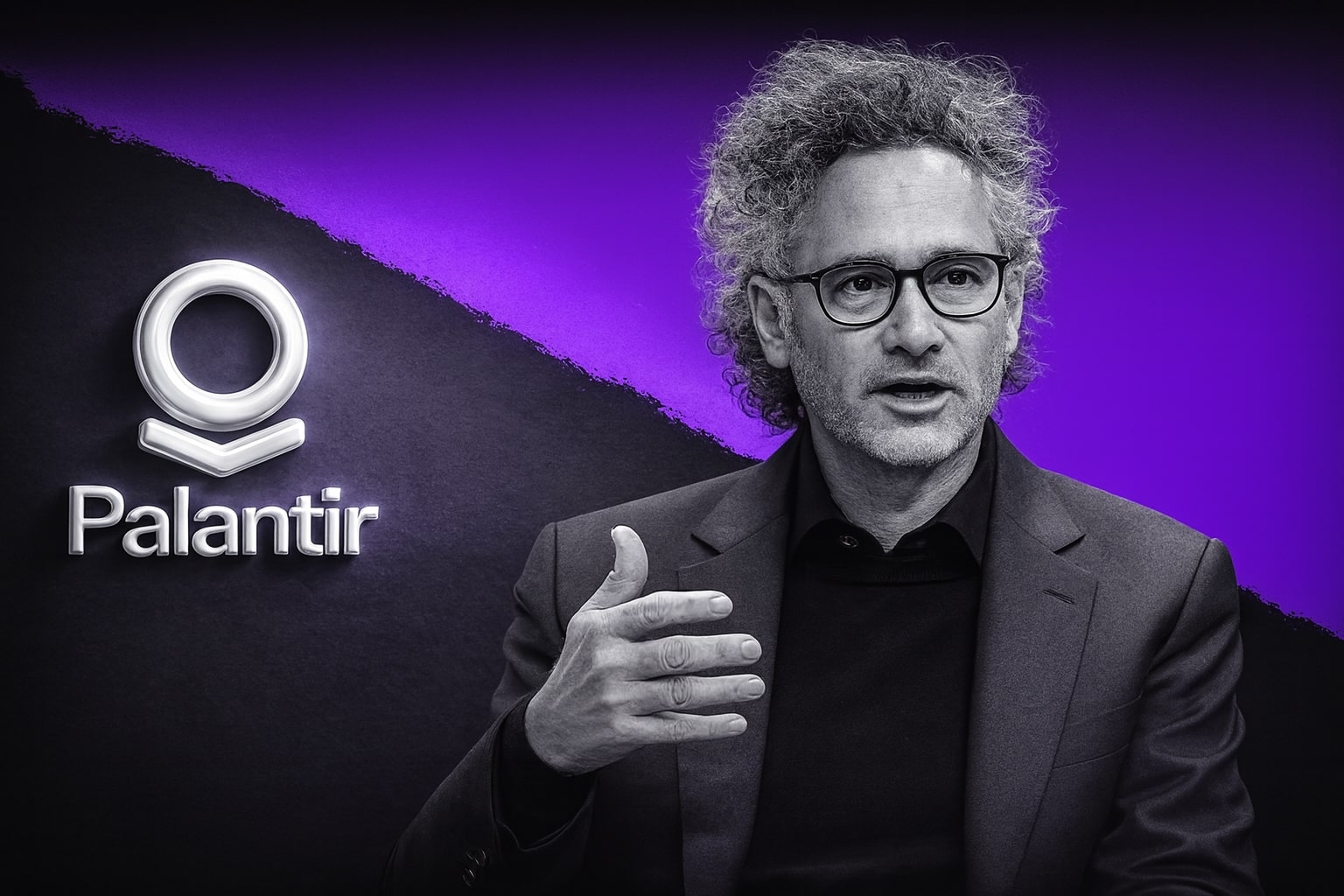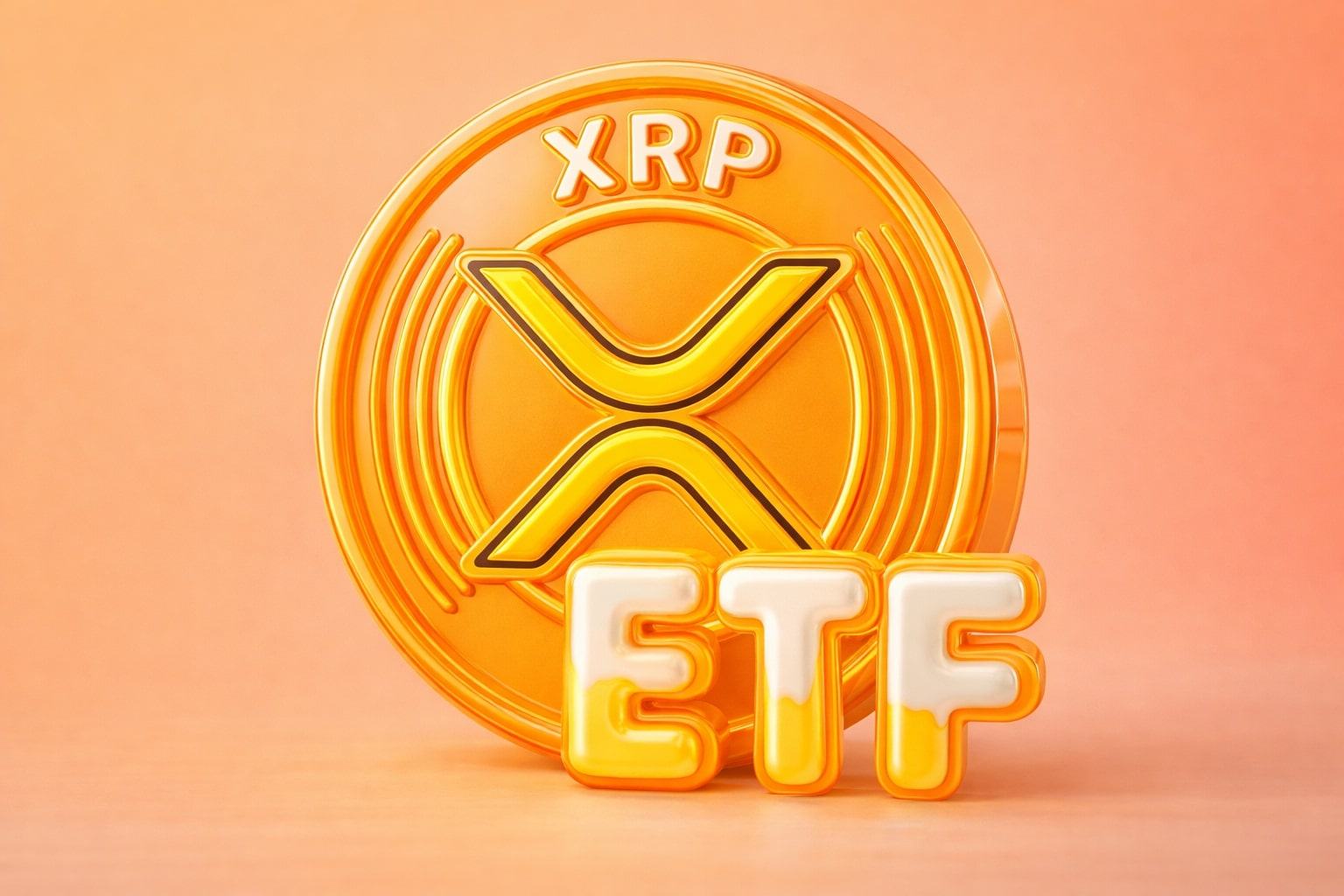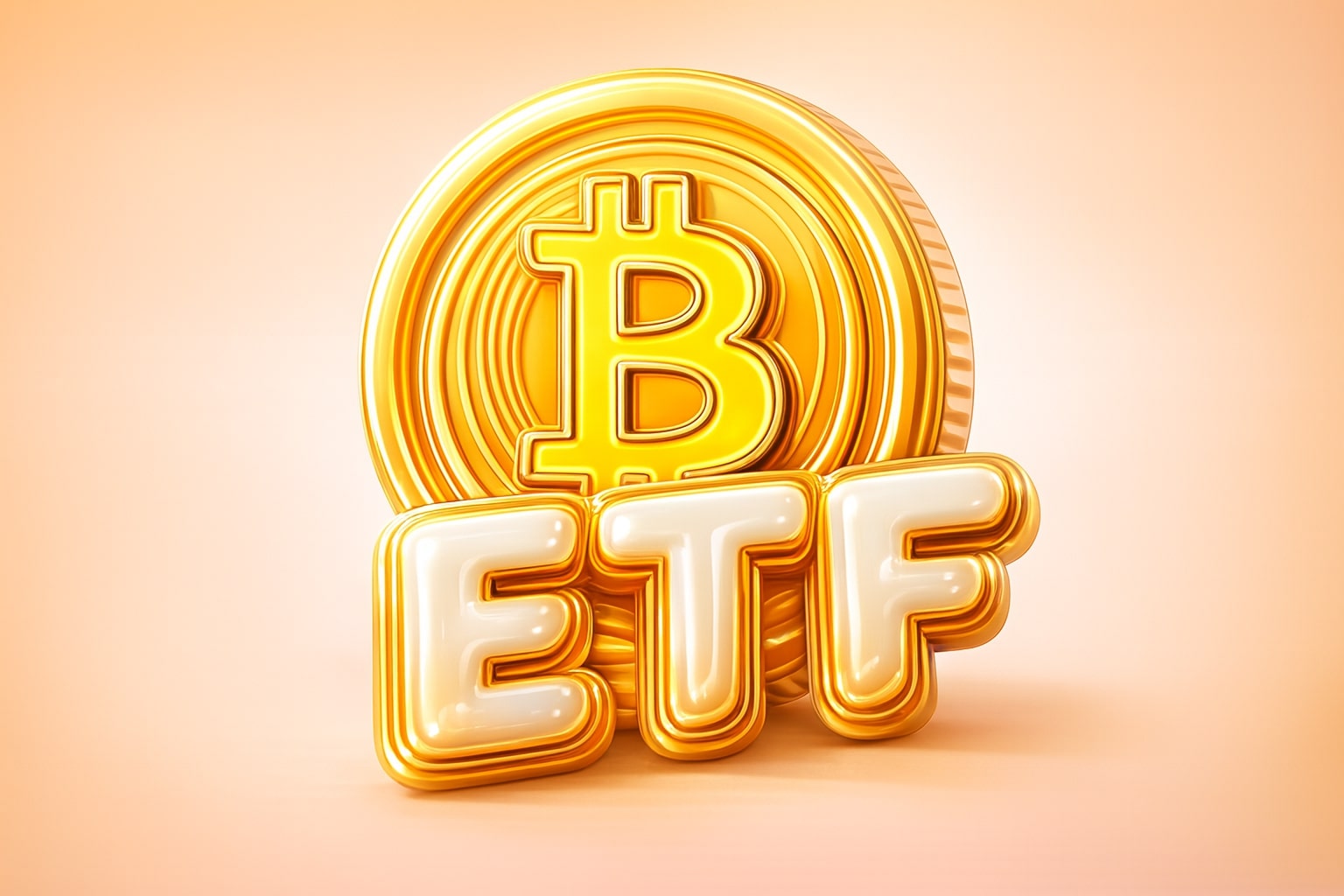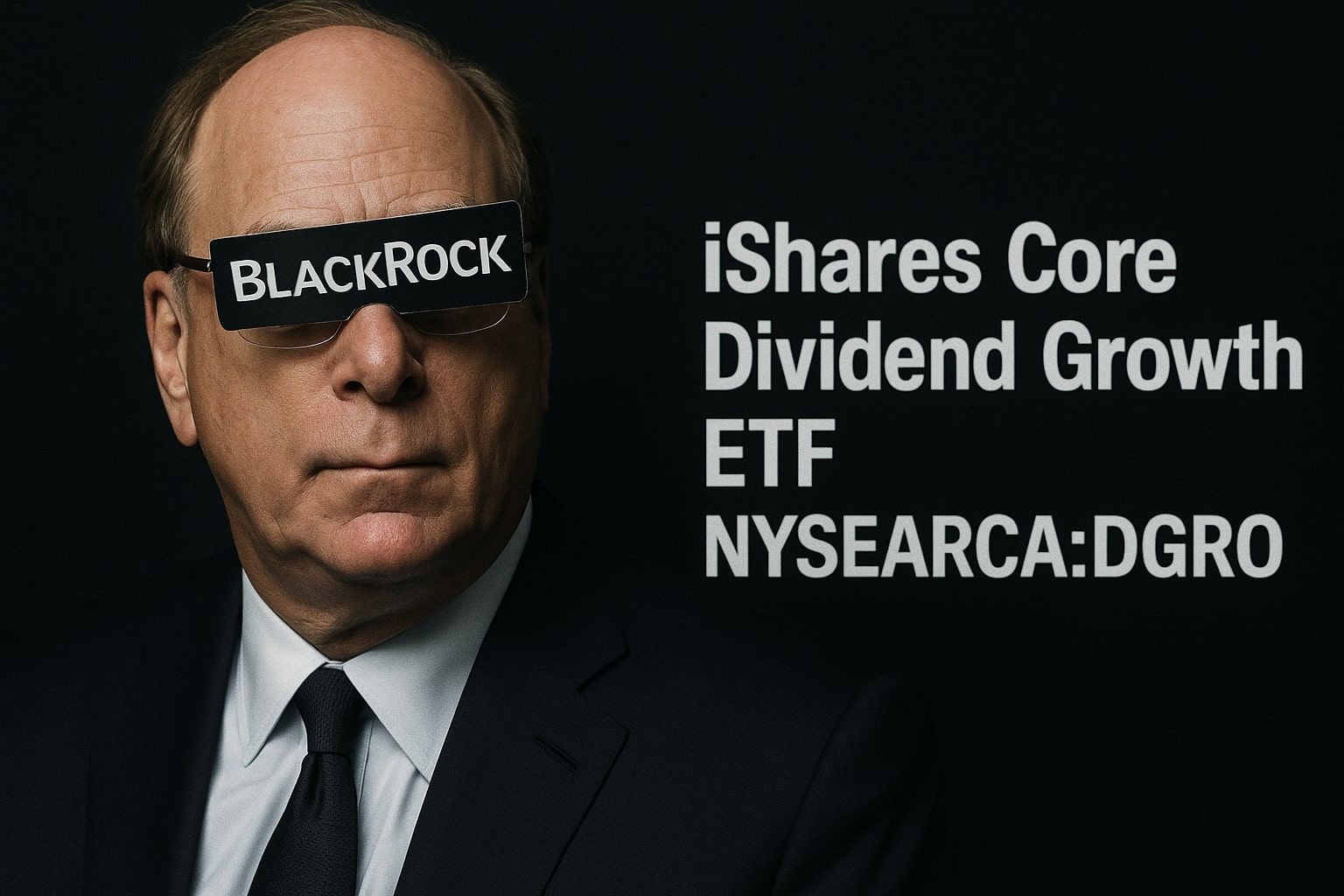
iShares Core Dividend Growth ETF (NYSEARCA:DGRO) Trades at $59.20 as Investors Flock to Reliable Income
With a 0.08% expense ratio and ten years of uninterrupted payout hikes, DGRO’s defensive tilt and 17.5x forward P/E offer a compelling hedge against choppy equity markets—what’s the upside from here? | That's TradingNEWS
Market Snapshot of NYSEARCA:DGRO
On May 1st, shares of the iShares Core Dividend Growth ETF NYSEARCA:DGRO changed hands near $59.20, having slid nearly 4 percent since the start of the year. The fund commands $23 billion in assets under management and charges a raw 0.08 percent expense ratio. Its 12-month trailing yield sits at 2.3 percent and it has lifted its quarterly payout in each of the last ten years, underscoring its commitment to rising cash distributions. With the S&P 500 off roughly 8 percent this year and volatility elevated amid policy and trade uncertainty, DGRO’s defensive tilt toward high-quality dividend growers demands a deeper look.
Sector Positioning and Valuation Edge
DGRO’s largest portfolio weight rests in Financials, accounting for just over one-fifth of the fund. Healthcare and Consumer Staples follow at roughly 16 and 12 percent, respectively. In contrast, the broad market benchmark SPDR S&P 500 ETF trades with a 14 percent Financials weighting, 11 percent in Healthcare and just 6 percent in Staples. These heavier allocations to traditionally stable, income-oriented sectors have kept DGRO’s forward price/earnings multiple near 17.5 times, roughly 3.5 P/E points below the S&P 500’s 21.0 times. Its price/book ratio of 2.4 contrasts with the market’s 3.1, reflecting an accent on companies trading at more reasonable valuations. Should the next shock to corporate earnings arrive as tariffs squeeze profit margins or consumer spending softens, DGRO’s tilt toward defensive sectors and lower multiples offers a cushion relative to the broader index.
Earnings Growth of Core Holdings
Within DGRO’s top 10 holdings are industry stalwarts such as JPMorgan Chase (JPM), Johnson & Johnson (JNJ) and Microsoft (MSFT). JPMorgan grew first-quarter earnings per share by 14 percent year-over-year, while JNJ delivered a 10 percent increase in adjusted EPS. MSFT, a roughly 4 percent position in the ETF, expanded revenue by 18 percent and earnings by 21 percent, driven by its cloud-computing segment. These individual results arc with the fund’s overall theme: sustainable earnings power underpins consistent dividend hikes. The fund’s aggregate revenue-weighted earnings growth rate of 8 percent for the next 12 months falls short of the broader market’s 11 percent forecast, but strikes a balance between growth and safety as downside risks loom.
Technical Landscape and Risk Metrics
DGRO’s share price has dipped below its 100-day moving average at $60.40, a short-term bearish signal that coincided with the S&P 500’s slide in April. The 150-day moving average near $62.00 may act as overhead resistance if a recovery attempt emerges. On the downside, key support appears around $57.50, where the 38.2 percent retracement of its 2020–2024 bull market lies. Risk metrics such as the fund’s standard deviation of 12.3 percent remain below the market average of 15.7 percent, reflecting a smoother return profile in choppy markets. Its beta of 0.85 versus the S&P 500 suggests DGRO should decline less on steep market sell-offs and participate less on rapid rallies—exactly the behavior investors seek when volatility spikes.
Dividend Growth Track Record and Income Outlook
Since its inception, DGRO has increased its quarterly distribution from $0.19 in 2014 to $0.31 today, a compound annual growth rate of 6.8 percent. This steady escalation has rewarded long-term holders with a yield on cost that now exceeds 3 percent. Given the strong cash flow and balance-sheet health of its top issuers, another dividend bump in the next 12 months appears likely. Should First Solar (FSLR), an ETF constituent, maintain its current payout ratio of 55 percent and grow net income by even 5 percent, DGRO’s yield profile would further strengthen without jeopardizing payout sustainability.
Insider Activity and Institutional Sentiment
While DGRO itself does not disclose insider trades, several of its major portfolio companies have reported buys by executives in recent quarters. For instance, a vice president at JPMorgan purchased 10,000 shares at $135, signaling confidence in the bank’s trajectory. Meanwhile, Microsoft insiders added 15,000 shares at $330 in late April. These individual moves lend credence to the defensive case that core DGRO holdings remain attractively valued at recent levels. On the institutional side, DGRO saw an uptick in net inflows totaling $350 million in April, even as growth-oriented ETFs registered outflows. This rotation into dividend growers amid policy uncertainty marks a strategic shift by large-scale allocators.
Scenario Analysis: Navigating Trade and Policy Uncertainty
Should new tariffs on technology imports materialize, MSFT’s margins may face a modest 1–2 percent hit, trimming expected EPS growth from 21 percent to 19 percent. In that scenario, DGRO’s overall earnings growth could decelerate from 8 percent to 7 percent, yet its lower starting valuation would still render the fund competitive versus the S&P 500. Conversely, a swift resolution of trade tensions could re-accelerate U.S. capital expenditures and consumer confidence, lifting cyclical sectors. DGRO’s 5 percent weight in Industrials and 7 percent in Materials provide some upside capture, though less than a pure growth-tilted ETF.
Decision Point: Hold, Accumulate, or Scale Back?
With DGRO trading at $59.20 against fair-value models implying $62.50 based on normalized 18 times forward earnings, the ETF appears modestly undervalued by 5 percent. The income cushion from its 2.3 percent yield and its defensive sector mix argue for a buy-and-hold posture in choppy markets. Relative to more volatile benchmarks, DGRO should grant investors lower drawdowns during downturns. Given lingering policy and trade uncertainties, I recommend accumulating additional exposure at current levels with a target of $65 for the next 12 months and a total return aspiration of 14 percent (comprising price appreciation and distributions).
That's TradingNEWS
Read More
-
SMH ETF: NASDAQ:SMH Hovering at $350 With AI, NVDA and CHIPS Act Fueling the Next Move
16.12.2025 · TradingNEWS ArchiveStocks
-
XRP ETFs XRPI and XRPR: Can $1B Inflows Lift XRP-USD From $1.93 Back Toward $3.66?
16.12.2025 · TradingNEWS ArchiveCrypto
-
Natural Gas Price Forecast: NG=F Falls to $3.80–$3.94 as Warm Winter Kills $5.50 Spike
16.12.2025 · TradingNEWS ArchiveCommodities
-
USD/JPY Price Forecast - USDJPY=X Slides, BoJ 0.50% Hike, Fed Cut and NFP Set the Next Big Move
16.12.2025 · TradingNEWS ArchiveForex














